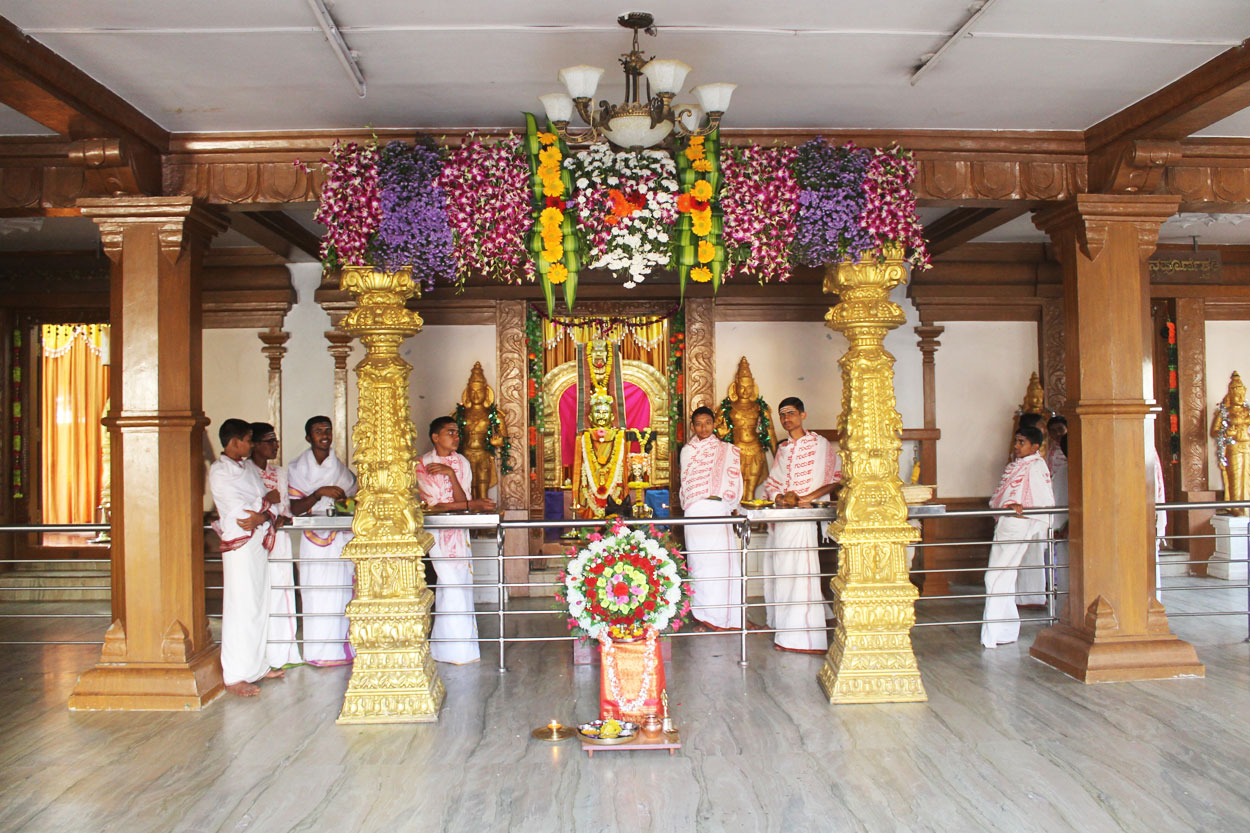About Hukkeri
Geographical Background :To the west of Belagavi district, lies Hukkeri taluka and has a historical connection and is rich with heritage and the mutt exists from the ninth century. Hukkeri was ruled by many dynasties namely: Kadambas, Rashtrakutas, Chalukyas, the Sultans of Bijapur and finally the Marathas, before the British gained supremacy. The city of Hukkeri has many Islamic monuments’ the Vithal temple is located in the fort and there are three Jain Basadis. Since the 9th century, the Hukkeri math existed and Gurushanteshwar mutt built society from the grassroots and played a prominent role in restoring values, ethics and religion.
How Hukkeri Got It’s Name?
After the Peshwa rule, Hukkeri was ruled by a Muslim Sardar and during their rule they developed 36 fountains. Water channels were built and water from the nearby villages was supplied to the fountains and gardens were also laid out across the city . This made Hukkeri even more beautiful as it was surrounded by flowers and gardens and it is also known as “Garden city”. The city thrived and because exotic flowers grew it was named as ‘Huvinakeri’, and in the daily spoken language it eventually got shortened and now currently known as Hukkeri.

